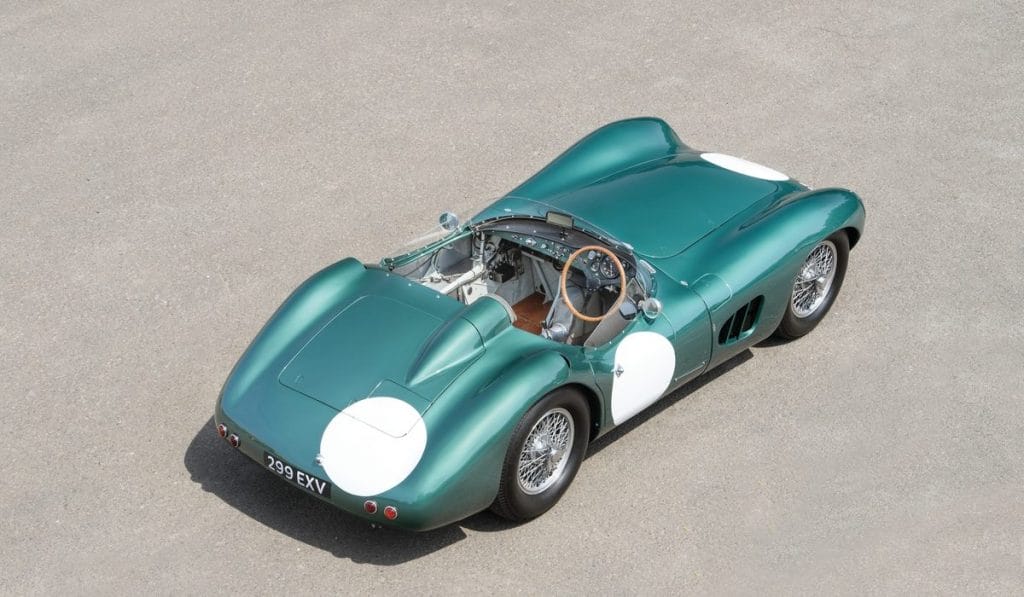While the exact classification of classic cars varies from country to country, the term is broadly used to refer to vehicles built before Jan 1, 1977. According to the KFLII, this asset class, with Porsche and Ferrari leading the way, has seen nearly 500 per cent returns over the past decade, outpacing art and wine by more than 100 per cent. Last year, the most expensive car sold at public auction was a 1956 Aston Martin DBR1, which sold for US$22,550,000 at the RM Sotheby’s Monterey 2017 sale. This year, a 1965 Ferrari 275 GTB Speciale fetched US$8,085,000 at public auction.

CLASSIC BEAUTY The 1956 Aston Martin DBR1 was the most expensive British car sold at public auction last year. Image from RM Sotheby’s
Among passion assets, classic cars require the most tender loving care. “Cars need to be driven regularly in order to be technically sound and maintain their optimal market value,†says Dietrich Hatlapa, founder of Historic Automobile Group International, an independent London-based research organisation renowned for its classic car market indices. “Mechanics and restorers who work on the car need to be experts in that particular field. If not, they can potentially destroy value by handling the car the wrong way.â€
While the appeal of classic marques remains strong in the US and Europe, Hatlapa notes that “many Asian owners like newer cars, super cars or rare performance cars (such as supercars like the 1995 McLaren F1 and LM 2013 Lamborghini Veneno, which are produced in extremely small quantities), which can be instantly collectibleâ€. As to which models fare best financially, Hatlapa recommends European marques with “a strong racing or sports car heritageâ€. Rarity (cars made in numbers smaller than 1,000) directly correlates with value, as does condition. “Full historic documentation of any example and all original accessories for the car are important. Cars in preserved original condition can fetch even higher prices than fully restored examples,†says Hatlapa.



